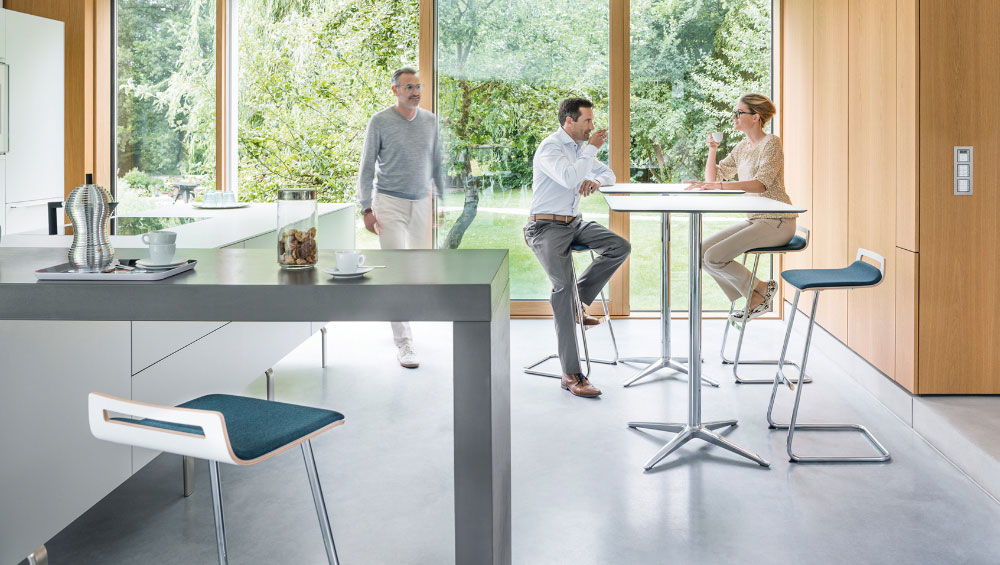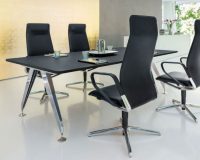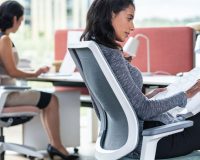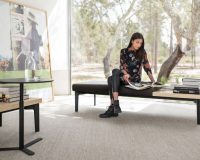Some of the most important elements of a workplace design come free. That is just one of the essential lessons from former Sky Workplace Director Neil Usher’s influential book The Elemental Workplace, which sets out the twelve most important characteristics of a productive and healthy working environment.
Eight of these elements are connected to the design of space: access to plenty of daylight, high-speed connectivity, enough personal and team space, sensory design, physical and psychological comfort, inclusivity, well designed and maintained washrooms and plenty of secure personal storage.
Crucially, Neil argues that every workplace should have access to as much daylight as possible and provide people with the opportunity to control it when needed.
The science backs up Neil’s experience. According to a study conducted by Alan Hedge, a professor in the Department of Design and Environmental Analysis at Cornell, workers in offices with high levels of natural light are around 2 percent more productive and a tenth less likely to become drowsy, as daylight helps to balance their circadian rhythms. (Research from Northwestern University in Chicago found that workers in offices with windows slept an average of 46 more minutes per night).
People in the Cornell study also report an 84 percent drop in symptoms of eyestrain, headaches and blurred vision symptoms.
A related study from Mariana Figueiro and Mark S. Rea from the Rensselaer Polytechnic Institute found that people with plenty of access to natural light spent 15 percent more time on work-related tasks. In addition, energy waste was around 50 lower than for colleagues in spaces with less daylight. Perhaps unsurprisingly, people only turn the electric lights off in offices when they know daylight can do the job.
Daylight is good business
It couldn’t be clearer. Daylight is life affirming, free and it’s good business. It increases productivity, improves wellbeing and reduces energy costs.
So it’s essential that designers make the most of this free and amazing resource in the buildings they create. It’s certainly evident in the recently completed fit out of the Mercedes Dutch headquarters building in Utrecht, which combines a building design that floods daylight into the interior with intelligent interior design that makes the most of natural light and other elements such as plant walls to create a workplace that is unmistakeably focussed on the wellbeing and productivity of the people who work there.








